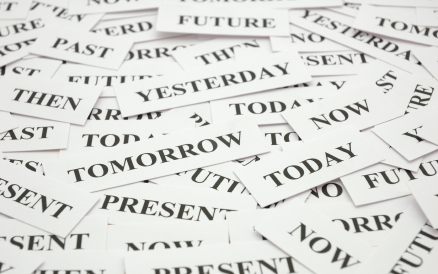Three Things You Need to Know About Trust: 1 of 3
There really are only three things you need to know about trust. You can pretty much deduce the rest.
I’m going to write about each of them in a separate blogpost, but here’s the one-liner version of each:
If you understand those three points, you can figure out things like trust recovery, rapid trust creation, and trust-enhancing cultures.
Trust is a Two-Player Game
For trust to exist, one party must do the trusting, and the other party must be trusted. That sounds dirt-simple, until you pick up the paper and realize how much talk about trust simply doesn’t mention it.
How many articles and surveys have you read that talk about “trust” as if it were some simple, unitary phenomenon? Answer: most.
Those articles that say “trust is down,” “trust in banks has declined,” “people I know are more trusted–” all suffer one great defect: they don’t tell you why the trust is up or down.
It’s simple, if you ask the question correctly. If surveys show that trust in banking is down, is that because banks have become less trustworthy? Or because people have become less inclined to trust? One is a problem of ethics and trustworthiness; the other is a problem of risk-taking, education and fear.
You can’t design policies or laws or actions if you don’t know which problem you’re trying to solve.
If you can’t directly address trusting and trustworthiness, then measures of “trust” alone can’t be trusted – they could be influenced by exogenous factors like GDP growth. And they are.
Trusting and Being Trusted
Trusting is about intelligent risk-taking. Being trusted is about trustworthiness.
When someone says trust is really an issue of character or integrity, they’re talking about being trusted, not about trusting.
And when someone says, “trust but verify,” they’re talking about trusting, not about being trusted. (Though notice: if you have to verify – it’s not really trusting).
When you talk about trust in your organization, or with your clients or customers, you would probably prefer that others get better at trusting – to save you the trouble of getting more trustworthy!
We don’t have a lot of control over others’ propensity to trust, though we can certainly influence it. But we have a lot of control over being trusted. And by far the best way to be trusted is to simply be trustworthy. One way to think about that is through the Trust Equation.
Trust is a Relationship
Trust is a relationship? Well, that’s what being a “2-player game” means. Before you think this is another “Doh” moment, note what it implies. It means the absence of trust is the absence of a relationship. It means when we think about business outside the framework of relationship, we are not thinking about trust.
What do market share, competitive advantage, markets, cost reduction, and value chains have to do with relationships? Not much. And therefore they have little to do with trust.
One driver of the level of trust is, simply, how we view business. Our view of business for the last several decades has been about competition, not about collaboration; about opposition, not about relationship.
A big reason those articles show that “trust is down” is because we have stopped thinking about relationships, and focused instead on competitive marketplaces.
Wanna know why trust is down? Start with the absence of relationships.
————–
Next post: Trust Requires Risk

 A doctor, a lawyer and a rabbi all walk into a bar.
A doctor, a lawyer and a rabbi all walk into a bar. From Delta Airline’s Website,
From Delta Airline’s Website,  In each pair, guess which city has the higher violent crime rate?
In each pair, guess which city has the higher violent crime rate?  I used to suffer from a particularly bad version of one part of the human condition—a tendency to see things as all about me. I tried like crazy, in many ways, to pull myself up by my own bootstraps. I’ve gotten, well, better; but it wasn’t because of my bootstrap pulling.
I used to suffer from a particularly bad version of one part of the human condition—a tendency to see things as all about me. I tried like crazy, in many ways, to pull myself up by my own bootstraps. I’ve gotten, well, better; but it wasn’t because of my bootstrap pulling..jpg) From this blogpost’s title, you’re probably assuming this is about the BP oil spill, or the SEC’s settlement with Goldman Sachs, the recent financial legislation, or a new perspective on Bernie Madoff.
From this blogpost’s title, you’re probably assuming this is about the BP oil spill, or the SEC’s settlement with Goldman Sachs, the recent financial legislation, or a new perspective on Bernie Madoff.